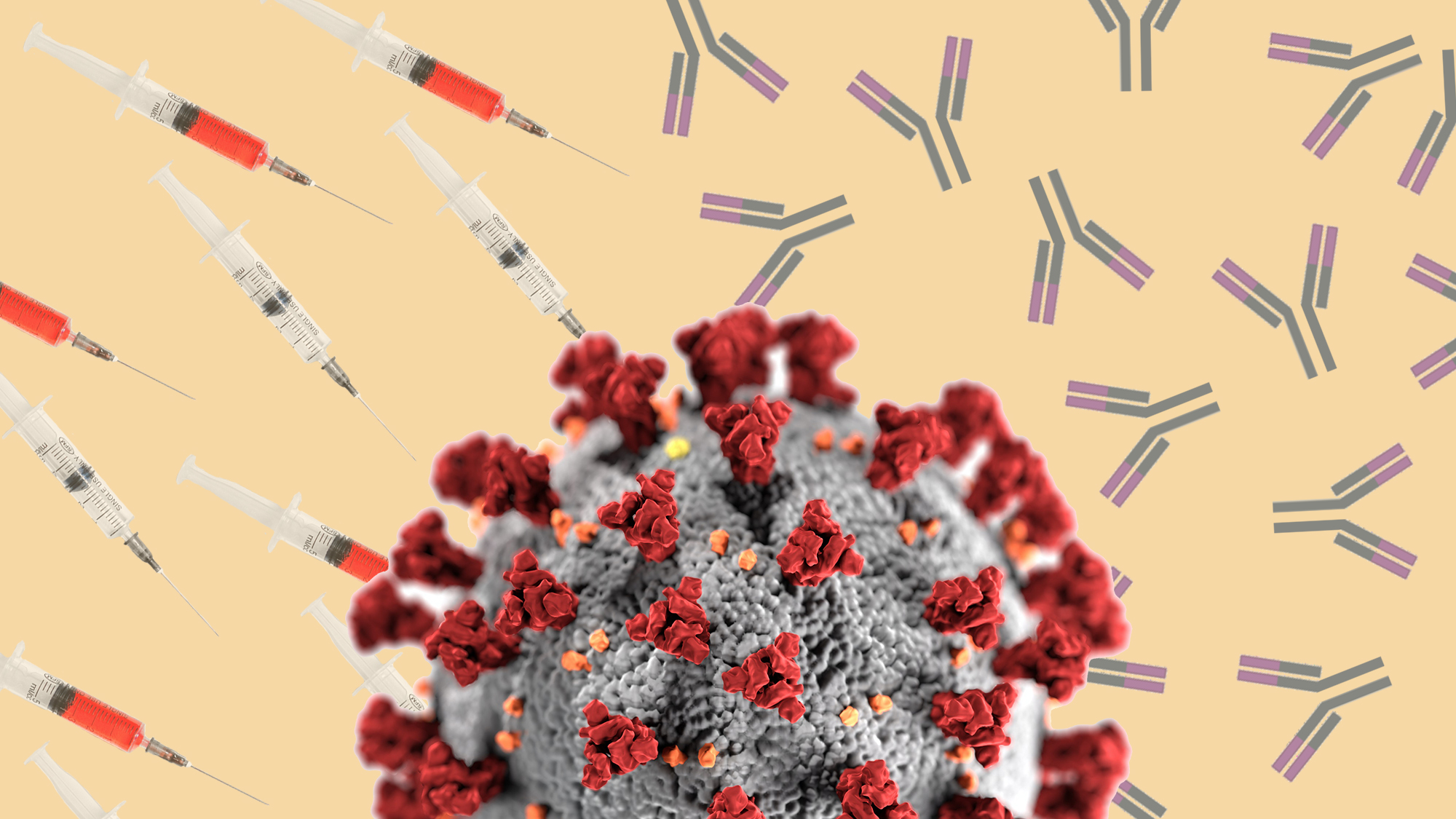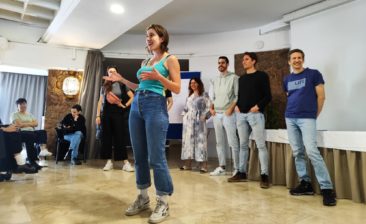The last #IMIMseminarsathome presented the two first projects from the Hospital del Mar Medical Research Institute (IMIM) that deal with Covid19. Here, we give you a summary of what these two studies are trying to achieve.
Inhibiting the cell entry of the coronavirus
The project led by Jana Selent, a PI on the research programme of biomedical informatics, aims to identify antiviral drugs that interfere with the lifecycle of SARS-CoV-2 by preventing its entry into cells.
To increase the chances of finding such a drug, they are using a dual strategy, targeting two proteins at the same time: one protein that the virus uses to attach to the host cell (the ‘spike’ protein that gives coronavirus its name), and an enzyme located in the human cell membrane that is also involved in catalazing the virus entry. And to try that such a drug reaches patients as soon as possible, they are using drug re-profiling.
Drug re-profiling is the reassignment of an existing drug – with a known safety profile – that was originally used for something else, to the treatment of a new disease, in this case, Covid19.
“We start with a structural database of 7,000 compounds – all of them drugs that have been approved by the different official organisations (FDA, etc) as well as their metabolites, if known. We use virtual screening to see which ones could be useful against SARS-CoV-2”, explains Selent.
There are two ways of doing this virtual screening:
- Target-based virtual screening is when you start with the structural information of your target and look for drugs that can bind and modulate it.
- Pharmacophore-based virtual screening is when you don’t have structural information of your target, but have information about other molecules (e.g. inhibitors) that interact with it. You then look at the characteristics of these molecules and look for drugs that are similar to them.
Jana Selent and her team are using both strategies, the target-based one against the spike protein, and the pharmacophore-based one for the enzyme target for which no structural data is available.
Turning the corona spikes into spies
“Several studies have been recently published that give us insights into the structure of the spike protein, and how it recognises the host cell. We are now using computer simulations to better characterise the dynamics of this interaction and find what are the specific sites of the viral protein that physically contact the host cell”, says the head of the group. Her team has already identified seven drug candidates by screening the 7,000 compounds of the database to see if any of them could block those sites.
“We are moving into the 3rd phase of the project for some of the candidates, such as Ivermectin, originally an antiparasitic drug, which looks quite promising. This next phase will be an in vitro assay which we hope will take place by the end of April with our collaborators at a biotech company, Interax”, adds the scientist. After that, the group hopes to go to the last phase – the clinical trials. Selent is hopeful this could be relatively speedy, due to the fact that the drugs they are looking into are already approved for human use.
The power of the immune system
Giuliana Magri, from the B cell group at IMIM, is trying to find another way to help Covid19 patients.
The idea is that the antibodies generated by Covid19 patients could be used to neutralise the infection of the coronavirus in other people. “A recent study, for example, showed that plasma of convalescent patients could help in the treatment of severe Covid19 patients”, she explains.
The study she leads will have two parts:
- Characterisation of the antibody response dynamics in Covid19 patients, which will allow them to identify high respondent patients (i.e. patients with high concentration of antibodies)
- Generation of specific recombinant human monoclonal antibodies from peripheral blood B cells from these highly responder patients.
They are including patients with Covid19 from the Hospital del Mar in the study. “We will collect blood about 8 days after the symptoms started – when there’s a peak of antibody generation – and again 3 months later, and we will analyse the antibody response dynamics, via serologic assays to detect the specific antibodies and immunoprofiling”, says the researcher.
From one or two high responder patients (with higher levels of SARS-CoV-2 specific B-cells), once they are recovered, they will get blood samples, isolate their B-cells and clone the light and heavy chains of the antibodies to mass produce them.
“We expect to generate and screen a library of at least 100 SARS-CoV-2 specific monoclonal antibodies. In the long term, we would like to analyse their neutralisation capacity, select the best one or two and produce them in large scale to be used as a biological treatment”, concludes Magri.
You can hear both seminars in full here:







